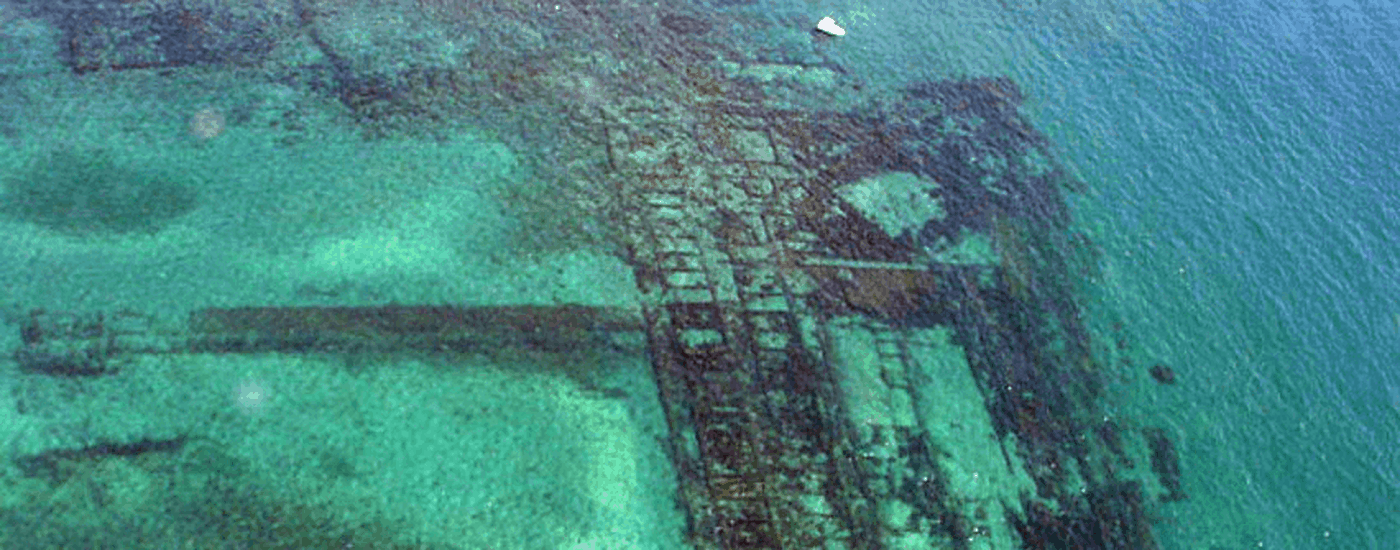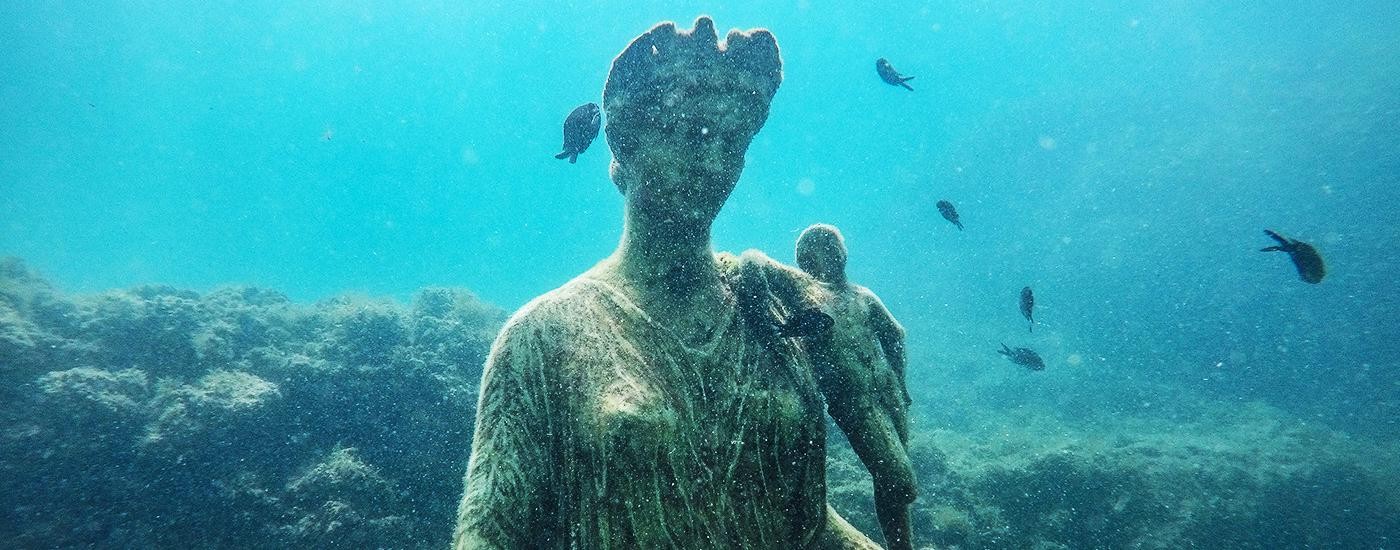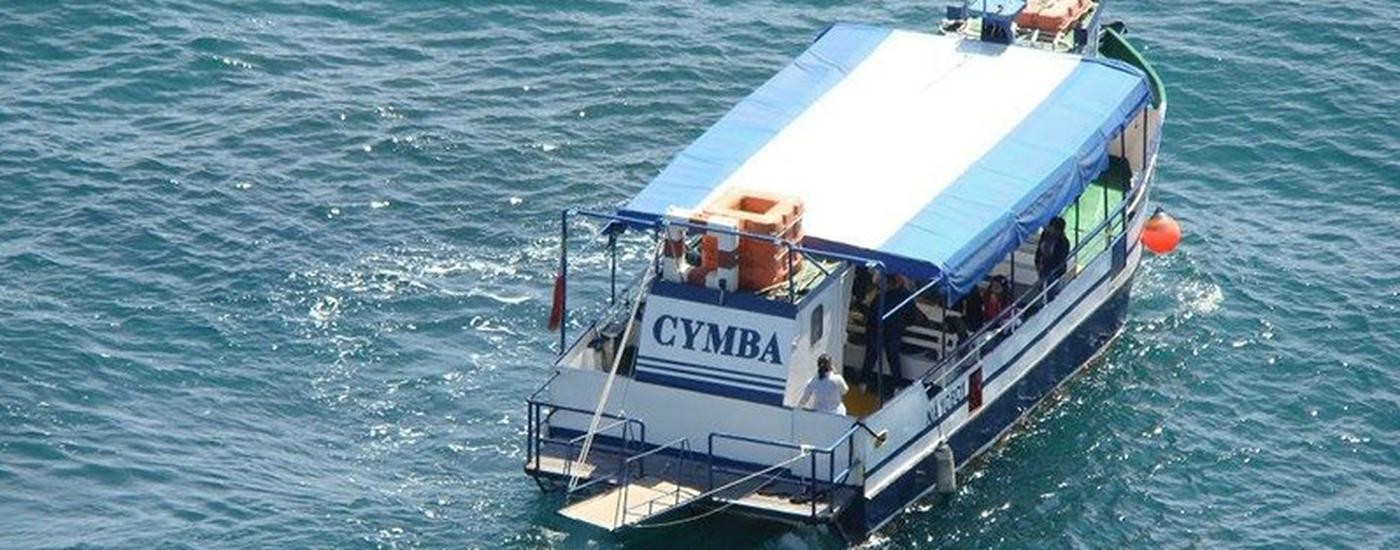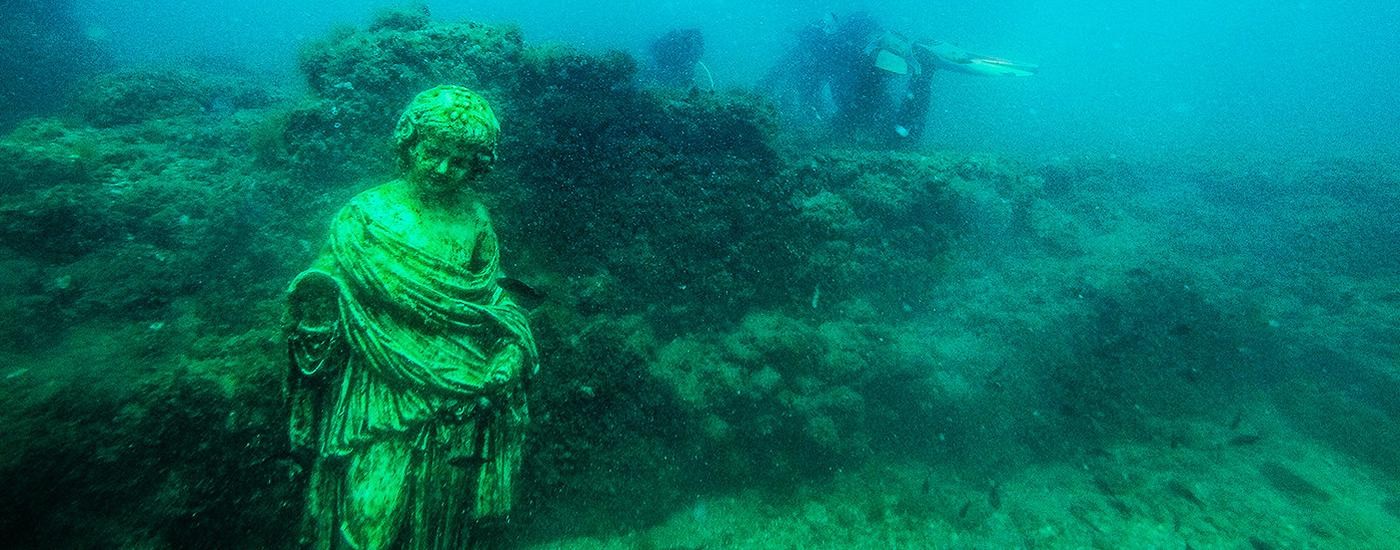Daily Laghi SCUOLA
Caratteristiche
- all'Oasi del Monte Nuovo
- al Lago d'Averno
- alla Piscina Mirabilis
- al Lago Fusaro e Casina Vanvitelliana (esterno)
L'eruzione del Monte Nuovo fu un evento eccezionale, unico, verificatosi in età storica nei Campi Flegrei. Ne fu modificato il Lago Lucrino, una volta unito all'Averno mediante un canale artificiale. A causa del bradisismo il lago fu sommerso dal mare nel X-XI sec. col conseguente arretramento della linea costiera. Nei secoli seguenti, il suolo cominciò a sollevarsi sotto la spinta di forze endogene e riemerse un lungo tratto di costa, dove si manifestarono gradualmente fenomeni tettonici, culminati nella eruzione del vulcano. Successivamente, sprofondato il rigonfiamento si aprì una voragine esplosiva, da cui i materiali eruttati (pietre, lapilli e cenere) formarono in poco più di tre giorni la collina craterica cui fu dato dai contemporanei il nome di Monte Nuovo.
Il lago d'Averno è ubicato al centro di un antico cratere vulcanico ed ha un perimetro di 2,86 km. Al centro è profondo circa 34 metri. L’Averno (dal greco aornos, senza uccelli, perché sorvolandovi cadevano morti per le esalazioni mefitiche delle molte fumarole) era considerato l’ingresso dell’Ade e luogo consacrato alle divinità infernali. Qui nasce e si diffonde la religione dell’oracolo e qui Ulisse va a cercare Teresia. Qui Enea giunge per cercare la Sibilla. Nessun lago come l’Averno è stato così celebrato e consacrato nella storia dell’uomo.
Durante la lotta tra Ottaviano e Pompeo, Agrippa – geniale stratega di Ottaviano – trasformò il lago in porto sicuro, unendolo al mare, creando un canale, un cantiere navale per riparare le navi della potente flotta romana, creando un porto (portus Julius) con depositi di grano e opere marittime, creando una galleria sotterranea per collegare l’Averno e Cuma. Si effettuerà una bella passeggiata costeggiando le sponde del lago fino a giungere ai piedi del Tempio di Apollo.
Pausa Pranzo
Visita al Lago del Fusaro e alla Casina Vanvitelliana (dall'esterno)
Situato a Nord di Napoli, nel territorio del comune di Bacoli, il lago Fusaro è stato il più delle volte classificato dai geografi come lago di barra marina. Gli antichi lo chiamavano “palude Acherusia”, anch’essa divinizzata e sede degli Inferi. Nel 1752 re Carlo di Borbone lo acquista e lo inserisce tra i beni reali. Re Carlo ed il figlio Ferdinando, appassionati di caccia, faranno costruire splendide residenze in zone boschive e adatte allo scopo come gli Astroni, il Fusaro ed altri.
Ma va a Carlo III il merito di aver sistemato il lago Fusaro con le sue sponde, creando proprio in mezzo ad esso, su un naturale livello granitico, una “casina ottagonale”: la casina Vanvitelliana.
Il figlio Ferdinando IV nel 1782 diede incarico all’architetto Carlo Vanvitelli, figlio del più famoso Luigi (autore della Reggia di Caserta), a progettare e realizzare la residenza di caccia, la casina reale del Fusaro. Furono costruiti sei bassi terranei destinati alla scuderia reale, a “osteria per gli ospiti che si recavano a diporto”, fu restaurata l’antica foce di Torre Gaveta, e soprattutto fu incrementata la coltura delle ostriche che “facevano impazzire” il re che addirittura partecipava alla vendita del pesce e delle ostriche del Fusaro.
Verso la sponda del lago “furono costruiti vari fabbricati, uno detto Baraccone, che comprendeva una grande tettoia sostenuta con archi e pilastri per porvi a riparo barche ed attrezzi da pesca ad uno della famiglia reale”; un altro fabbricato detto Cassone per conservavi i pesci a vivo per la vendita. Quello che una volta era l’alloggio del guardiano diventa così, con genialità del Vanvitelli, il “real casino” al centro del Fusaro. Due piani ed il trasbordo avverrà a mezzo barche, prima che secoli dopo verrà costruito un pontile di legno.
ore 14:30 Fine dei ns. servizi
⚠ - Al fine di ottimizzare l’organizzazione, ci riserviamo di gestire la sequenza delle visite a nostra discrezione
PREZZO € 12,00 ad alunno (1 insegnante gratuito ogni 10 alunni) - adulti € 15,00
Tutti necessitano sempre di prenotazione all'indirizzo baiasommersa@gmail.com o telefonicamente al +39 3494974183. Le prenotazioni si chiudono 48 ore prima dell'evento.
Daily Lakes
Itinerary:
1. Monte Nuovo
2. Averno Lake
3. Mirabilis Pool
4. Fusaro Lake and Casina Vanvitelliana
9.30 a.m. Departure from the Oasis of Monte Nuovo
The eruption of Monte Nuovo was an exceptional and unique event that hit the Campi Flegrei in historical era. The Lucrino Lake was modified, in fact at first it was connected to the Averno Lake by an artificial canal. Because of bradyseism, the lake was submerged by the sea in the 10th - 11th century with the consequent retreat of the coastline. In the following centuries, the soil began to rise under the pressure of endogenous energy and re-emerged a long stretch of coast, where tectonic phenomena gradually manifested, culminating with the eruption of the volcano. Subsequently, the bulge crumbled and an explosive hole opened, from which the erupted materials (stones, lapilli and ashes) formed just over three days the crater hill, that was called Monte Nuovo by contemporaries.
Averno Lake is located in the middle of an ancient volcanic crater and has a perimeter of 2,86 Km. In the center it is about 34 metres deep. The Averno (from Greek “aornos” = without birds, because they died flying over there due to the mephitic exhalations of many fumaroles) was considered the entrance of Hades and a consecrated place to infernal divinity. So, the religion of the oracle started and spread and from here Ulysses went to look for Teresia. Here Enea came to look for the Sybil. No lake like the Averno has been celebrated and consecrated in the human history.
During the fight between Octavian and Pompey, Agrippa – brilliant strategist of Octavian – transformed the lake into a safe harbour, connecting it to the sea by a canal; a shipyard to repair ships of the powerful Roman fleet, creating a port (portus Julius) with grain storage and maritime works, so in that way he also realized an underground tunnel to connect Averno and Cuma. It will be possible to enjoy a pleasant walk along the banks of the lake and reach the foot of the Apollo’s Temple.
Lunch break
We continue towards Miseno until we reach the Mirabilis Pool: a great tank built during the Augustan period to supply the fleet of Miseno, Classis Praetoria Misenensis. Excavated entirely in the tufa, it is characterized by a unique majestic and suggestive location, such as to resemble an underground cathedral. 70x25,5 meters for a height of 15 meters, it has five naves with a barrel vault and four rows of twelve pillars with a cruciform plan, in the middle a settling tank and it was the final point of the Serino aqueduct.
Visit to Fusaro Lake and the Casina Vanvitelliana (from outside)
Located in the North of Naples, in the territory of the municipality of Bacoli, Fusaro Lake was most often classified as a lake of sea bar by geographers. The ancients called it “swamp Acherusia”, also deified and house of the Underworld. In 1752 king Charles of Bourbon bought and included it among the royal properties. King Charles and his son Ferdinand, hunting enthusiasts, built beautiful residences in wooded areas and suitable for the purpose as the Astroni, Fusaro and others.
But Charles III improved the Fusaro Lake with its banks, creating in the middle an “octagonal house” on a natural granite level: the Casina Vanvitelliana.
The son Ferdinand IV in 1782 assigned the architect Carlo Vanvitelli, son of the most famous Luigi (author of the Royal Palace of Caserta), to project and realize the hunting residence, the royal casina of Fusaro. Six small houses were built on the ground floor for the royal stable, a “tavern for guests who went for leisure”, the ancient mouth of Torre Gaveta was restored, and the cultivation of oysters increased “making the king go crazy” so that himself participated in the sale of Fusaro’s fish and oysters.
Towards the bank of the lake “were built several buildings, one called Baraccone, which included a large canopy supported by aches and pillars to shelter boats and fishing gear to one of the royal family”; and another one named Cassone to keep fish alive for sale. Thanks to the genius of Vanvitelli, the old guardian’s accommodation became the “real casino” in the middle of Fusaro. Two floors and at first the transhipment was possible by boats, before a wooden pier was built.
02:30 p.m. End of our services
⚠- To optimize the organization, we reserve the right to manage the sequence of visits at our discretion.
PRICE € 12,00 per student (1 teacher free every 10 students) - adult € 15,00










